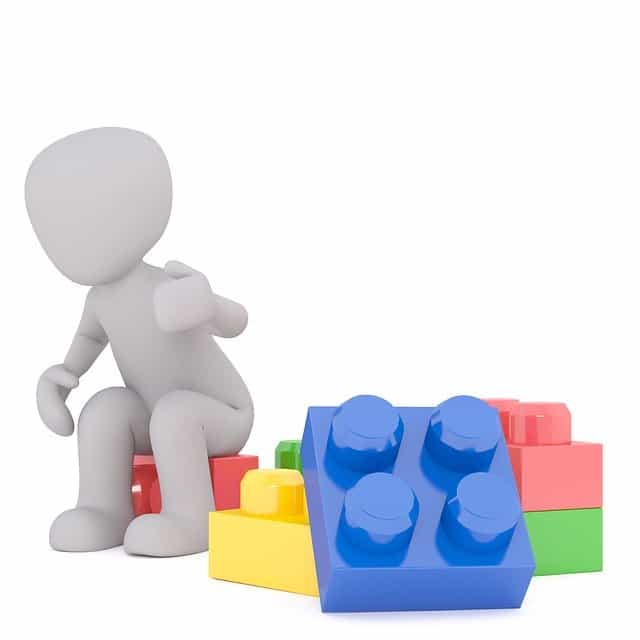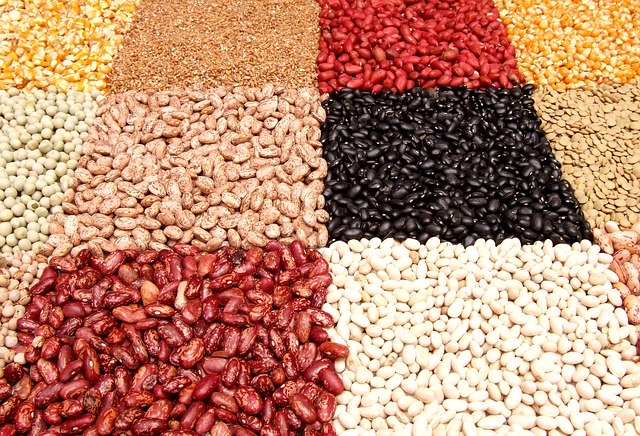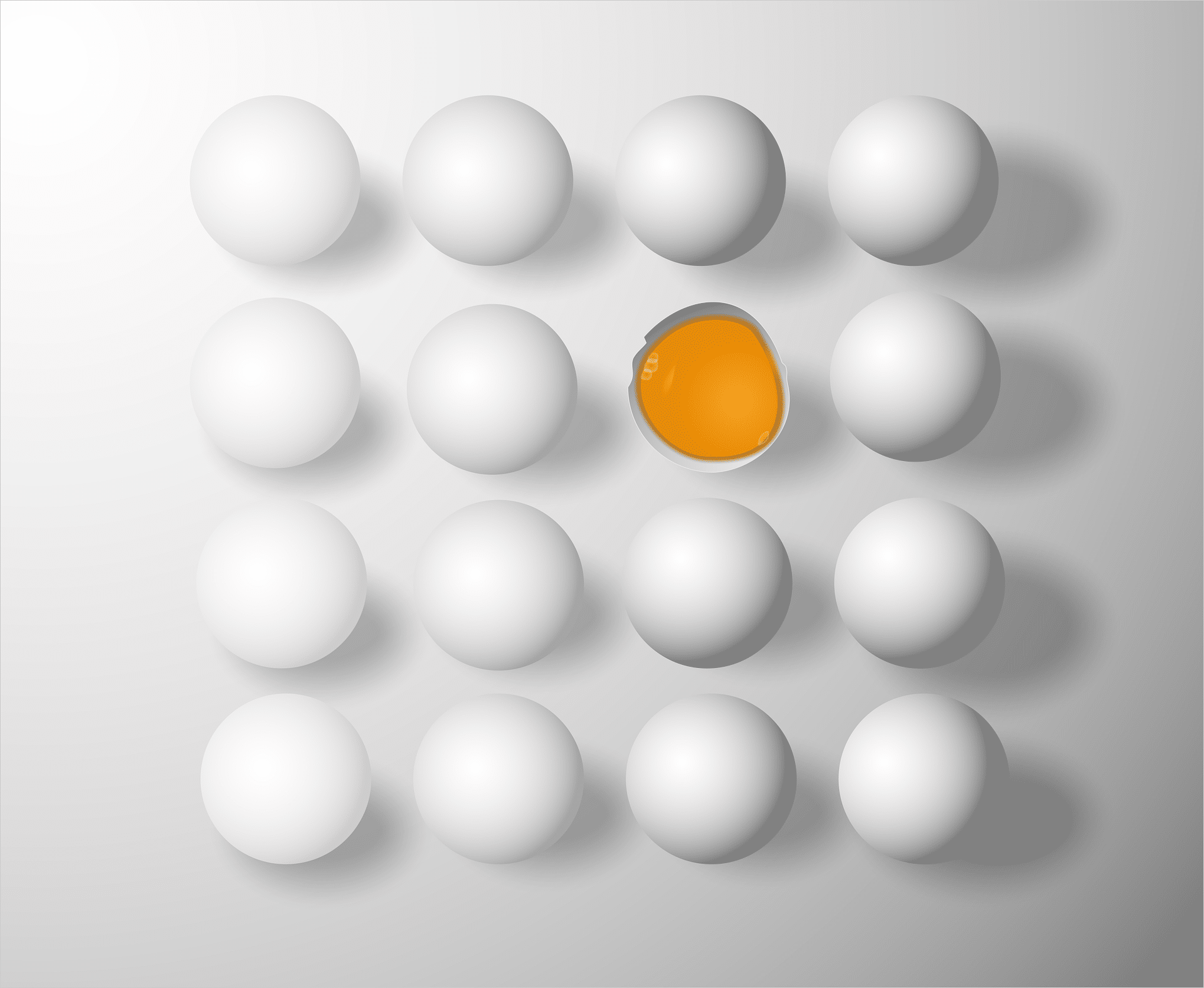You know how the saying goes – ‘You are what you eat.’ Well, it’s easy to figure out that if you eat too much fat, you will be fat.
But what does that statement mean in terms of how much protein we eat? Hint: If you are over 50, it is a huge deal.
So, let’s discuss precisely what protein does for you, especially as you age.
We will look at why the right amount of protein in your diet is crucial for keeping your body strong. You will have a clear picture of how adequate protein allows you to get the most out of your workouts.
By the end of this blog, you will also be able to calculate what your recommended daily intake of protein should be. You will even have a list of some of the best protein foods.
It’s time for you to regain the muscle you thought you had lost!
What Is Protein?
Protein is one of three main classes of food – the other two are carbohydrates and fats. If you have heard me mention ‘macronutrients’ in the past, then protein, carbohydrates, fat, and water all fall into that category. (Vitamins and minerals are micronutrients.)
Proteins are often called the “building blocks” of our bodies. Proteins are made up of amino acids. In the human body, 20 amino acids function as building blocks of proteins.
Nine of these amino acids are considered essential—they must be consumed in the diet. Five are deemed nonessential in that they can be made by the human body. The remaining six protein-building amino acids are conditional, being essential only at certain life stages or in certain disease states
Although all foods are mixtures of these nutrients, many contain a lot of one nutrient and a little of the others. Foods are often grouped according to the nutrient that they contain in abundance.
Why Do We Need Protein?

Many people think that eating what they believe is a healthy diet and walking a few times a week is all it takes to stay fit. Oh, if it was only that easy!
Protein helps build muscle and is an essential component of our hormones, skin, organs, enzymes, and immune system. Cells need protein to grow and to mend themselves. Without enough protein, our body cannot rebuild all these parts that rely on this vital building block.
Protein also helps us stay at a healthy weight. Add to that protein’s ability to stabilize blood pressure, blood sugar levels, and cholesterol. It can help improve concentration and energy as well as bone health. These are all things we often struggle with as we mature.
When we age, we need more protein to preserve and build our muscle mass. I’m not talking about becoming a bodybuilder. But I am talking about how muscle loss makes you frail, weak and increases your risk of fractures.
Think about this. By the time a woman turns 50, she has naturally lost about 15 percent of her body’s muscle mass. This age-related muscle loss is called sarcopenia.
You lose between 3-8 percent of your body’s muscle mass every decade after the age of 30. So, say you had 35 lb. of muscle at age 30. By age 50, you may have lost almost 3 lb. of muscle. Have you ever seen a replica of 3 pounds of muscle? It is pretty darn big.
But do not throw your hands up in the air and give up. I have great news for you. You can reverse your signs of sarcopenia and improve your health and fitness.
It’s time to make protein, your new best friend!
How Much Protein Do We Need?
The Dietary Guidelines For Americans 2015-2020 and the Institute of Medicine recommend that women over 50 consume at least .46 grams of protein per pound of bodyweight every day.
Regardless of how many calories you eat every day, your protein needs remain the same because they are based on your body weight. The larger your body, the more protein you need to keep it in good condition.
For example, consider a 50-year-old woman who weighs 140 lb. If she is to eat .46 grams of protein per 1 pound of body weight, she would need about 64 grams of protein per day.
But some research shows that older people do better with at least .50 grams per pound per day. That is 70 grams of protein per day for a 140 lb woman.
If math is not your strong suit, here is a protein calculator for you. Just plug in your age, sex, height, and weight, and it will tell you how much protein you should eat every day. This calculator will give you three separate readings. Each one is based on either the World Health Organization, American Dietetic Association or the Centers for Disease Control and Prevention
It is essential to include some protein with every meal to keep your meals well-balanced.
The Risks of Too Little Protein
You already know that not having enough protein in your diet causes decreased muscle mass. This is because when your protein levels are low, your body takes the protein from your muscle tissues to feed other vital body functions.
Other issues are caused by protein deficiency. Here are a few:
- Brittle hair and nails. Too little protein can also make your hair and nails look brittle. Over time, your hair may become thinner, and your nails may be softer.
- Weight loss – not the right kind. You may find that you are losing weight, but this is muscle loss. Remember, your body steals protein from your muscles to feed other parts of your body.
- Weakness. You may find that you feel weak. Protein is one component of hemoglobin which transports oxygen in our red blood cells through our body. Low levels of oxygen can cause weakness and shortness of breath.
- You get sick more often. Protein is one of the building blocks of antibodies produced by the body’s immune system to help fight off foreign invaders like bacteria and viruses.
The Risks of Too Much Protein
Unless you are an elite athlete, eating more than 1 gram of protein per pound of body weight can cause some trouble. Here are some common signs of too much protein in your diet. The main takeaway here is don’t overdo it.
- Internal discomfort: This can range from bad breath, constipation, diarrhea, and indigestion. Some sources of protein are fatty. This may cause some discomfort. Make sure to keep your vegetables, healthy carbs, and fiber intake up. This can prevent some of this discomfort.
- Dehydration. The more protein you eat, the more water you need to drink. We should all drink more water anyway. A good rule of thumb is to drink a glass of water with each of your meals.
- Headache and Irritability. Again, it is vital to keep your intake of healthy carbs, vegetables, and fiber intake.
As with any new health and fitness plan, you should always talk to your medical specialist first. This will increase your success and decrease any complications.
The Healthiest Types of Protein
There are plenty of nutrients dense and healthy proteins for you to choose from. No matter what your goal is or what your food preferences are, there are options for you.
Protein for Weight Loss
Eating more protein can help people lose weight. This is because the type of nutrients it provides keeps you feeling full and stronger longer.
One of my readers eats a tin of plain tuna before every weight training session—this way, she makes it through her workout without losing steam. Lean protein like tuna, boneless skinless chicken breast, and legumes are types of lean protein.
Checking the nutrient label on whatever you buy can really help here.
Heart Healthy Protein

Some proteins can be heart healthy. Many people eat proteins that are way too high in saturated fats. So, look for proteins that are lower in saturated fats. This is listed on the nutrition labels on your foods.
Fish, beans, nuts, poultry, and low-fat dairy such as Greek yogurt are good sources of heart-healthy proteins. By choosing these proteins over high-fat meat options, you can reduce your heart attack and stroke risk.
Salmon and tuna are high in Omega-3 fatty acids. Studies show that Omega-3 fatty acids can play an essential role in lowering cholesterol and decreasing heart attack and stroke.
Protein for Vegetarians and Vegans

There is a wide variety of proteins that meet vegetarian and vegan guidelines.
According to some studies, nuts are one of the healthiest protein choices you can make. Options include walnuts, almonds, cashews, pecans, and peanuts.
Legumes such as beans, peas, and lentils are another excellent option. They contain low to no cholesterol and significantly less fat than meat. The Harvard School of Public Health notes that a cup of cooked lentils delivers 18 grams of protein and less than 1 gram of fat.
In addition to nuts and beans, natural peanut and other nut butter are great choices. Eat between 2 to 4 tablespoons of natural, unsweetened nut butter per week.
Pea-based protein powders can taste good and are an excellent protein source when you are in a hurry.
Seitan, which is a mock-meat made from gluten, is high in protein. Tofu, tempeh and edamame, lentils, chickpeas, and most beans are also great protein options.
High Protein Food List
Here is an excellent link to a list of High Protein Foods. This is a useful tool for planning your daily menu to ensure you get enough protein at all meals and in your overall diet.
Conclusion
Protein is an essential ingredient in so many functions. So, it is important to have enough in your daily diet. Making a few changes to what you eat can provide many benefits to your body and brain as you age.
With the guidelines you now have, you can calculate the amount of protein you need daily to help reverse any age-related muscle loss you may have experienced.
Whatever your health and wellness need or goal is, protein must play a role in how you nourish your body. Take a minute to calculate how many grams of protein you need each day.
The next time you shop for groceries, look at the protein content on each item you put in your cart. Why not plan to add some extra protein in your cart. Will it be walnuts or lentils? Salmon done on the barbeque can be delicious!
I would love to hear what new protein you have added to your diet. You tell me yours, and I’ll tell you mine!

